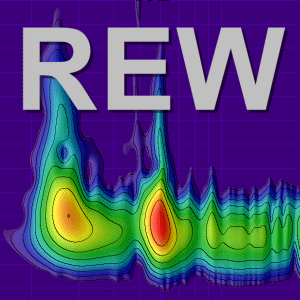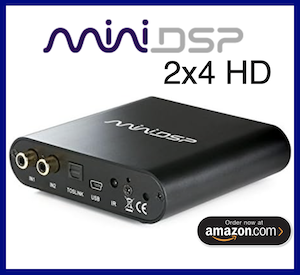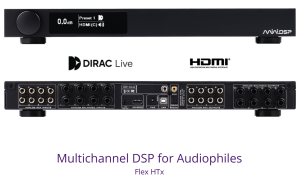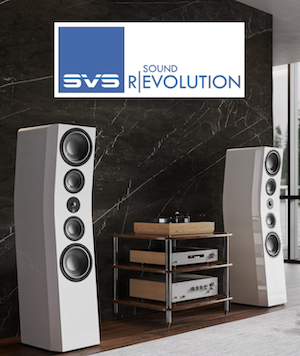Longfellow78
Registered
Thread Starter
- Joined
- Jun 13, 2024
- Posts
- 4
Hi, I have built a DIY headphone frequency testing setup using a capsule mic. My "head" is a head sized block of wood and covered in paxmate.
Shockingly it actually works pretty well! I have been runnin sine sweeps with various headphones at 90db @1khz normalization and the curves look similar in shape to reference curves that I downloaded from the AutoEQ project github. I am using an AKGk371 and Philips shp9500 as reference.
I am at the stage where I want to calibrate my mic and am running into some problems. I understand the theory - Measure my headphones, add in the reference curve, subtract one from the other, use this as a txt file to act as a calibration filter on the mic when testing, all good.
My problem is that the "trace arithmetic" function in REW doesn't seem to output a curve that is a correct representation of the difference between the two curves. If I try it one way round and put the reference as A and my measure as B and try A-B - one way round (I can't remember which) the graph producted is simply identical to the reference curve, the other way round, it goes haywire and makes some gibberish curve. Applying either of these as calibration filters doesn't work.
I know in principle the calibration filter works when doing this because I manually created a curve of one minus the other by exporting them to google sheets and doing a load of calcualtions. This took about half a day because one file had 55000 entries and the other had 1000 and I had to match them up. Eventually I did it, and it really did work, but I have since made tweaks to my measurement methodology and need to redo it.
Trace arithmetic should just work for my purpsoes and it doesn't I don't know what I'm doing wrong. Is it bugged? would an older version work? Is it something to do with the settings in the popout box, like what "speaker" I should select, I think it defaults to "subwoofer". It's driving me nuts trying to work this out. Or is there another way of cleverly creating a compensation filter that doesn't use the (for me) broken A-B function, like doing an average or one of the other functions.
Any help very gratefully received thank you.
p.s. I'm only measuring one channel at a time. I have tried doing this with left, right, and an average of left and right. Thanks
Shockingly it actually works pretty well! I have been runnin sine sweeps with various headphones at 90db @1khz normalization and the curves look similar in shape to reference curves that I downloaded from the AutoEQ project github. I am using an AKGk371 and Philips shp9500 as reference.
I am at the stage where I want to calibrate my mic and am running into some problems. I understand the theory - Measure my headphones, add in the reference curve, subtract one from the other, use this as a txt file to act as a calibration filter on the mic when testing, all good.
My problem is that the "trace arithmetic" function in REW doesn't seem to output a curve that is a correct representation of the difference between the two curves. If I try it one way round and put the reference as A and my measure as B and try A-B - one way round (I can't remember which) the graph producted is simply identical to the reference curve, the other way round, it goes haywire and makes some gibberish curve. Applying either of these as calibration filters doesn't work.
I know in principle the calibration filter works when doing this because I manually created a curve of one minus the other by exporting them to google sheets and doing a load of calcualtions. This took about half a day because one file had 55000 entries and the other had 1000 and I had to match them up. Eventually I did it, and it really did work, but I have since made tweaks to my measurement methodology and need to redo it.
Trace arithmetic should just work for my purpsoes and it doesn't I don't know what I'm doing wrong. Is it bugged? would an older version work? Is it something to do with the settings in the popout box, like what "speaker" I should select, I think it defaults to "subwoofer". It's driving me nuts trying to work this out. Or is there another way of cleverly creating a compensation filter that doesn't use the (for me) broken A-B function, like doing an average or one of the other functions.
Any help very gratefully received thank you.
p.s. I'm only measuring one channel at a time. I have tried doing this with left, right, and an average of left and right. Thanks















